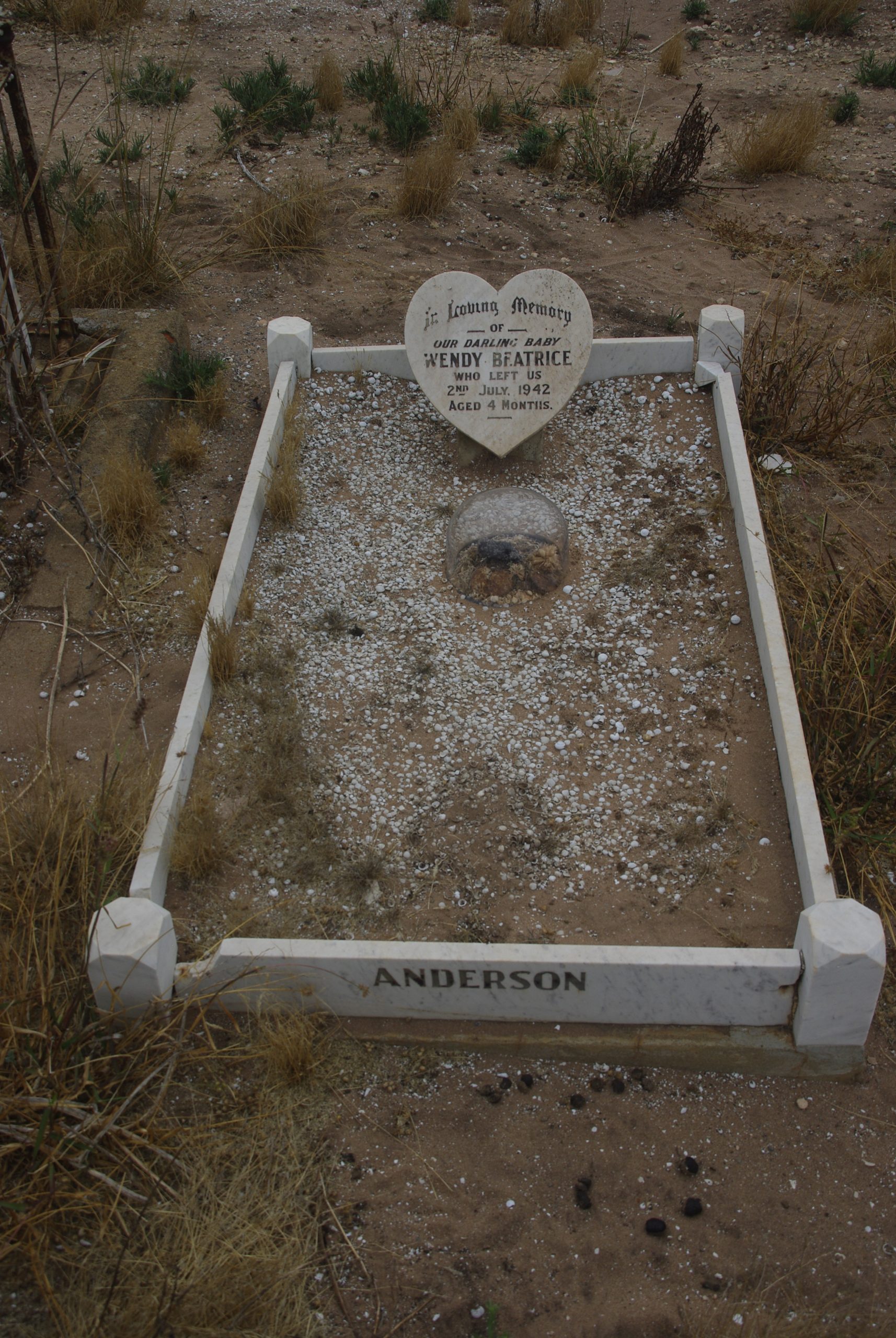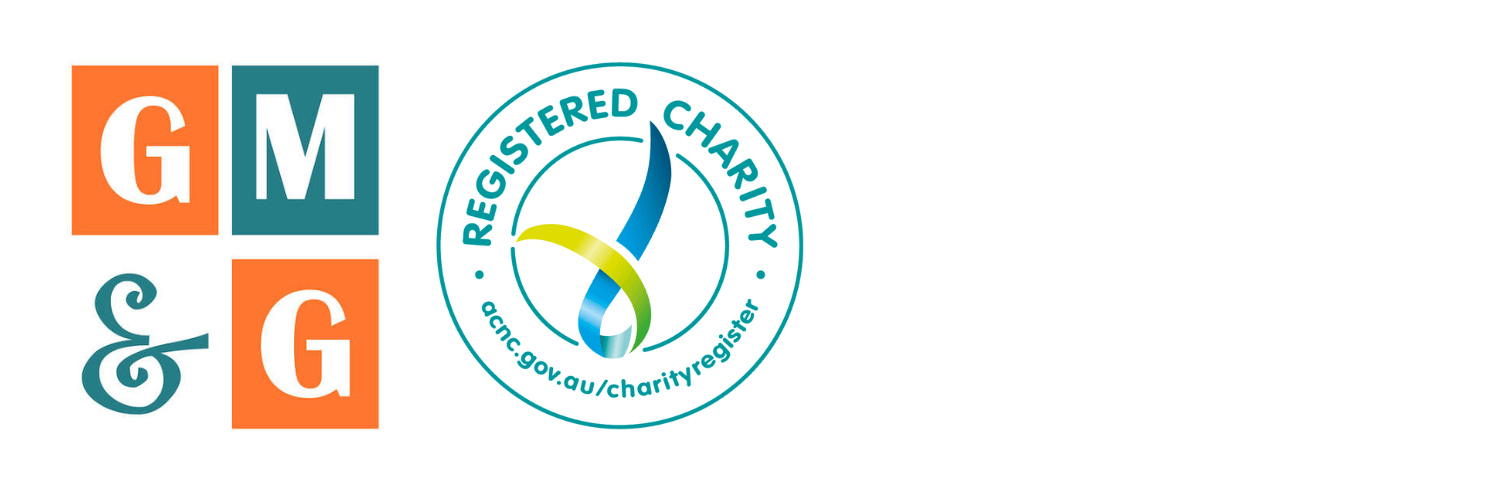Babies – from Birth to Baptism
This exhibition was held in the Community Hub in February and March 2023.
It was an opportunity to display the many items of baby clothing, furnishings and photographs normally held in storage.

Copy of the Death Certificate of John Whitehurst.
At Greenough the mortality rate for infants was close to 60%.
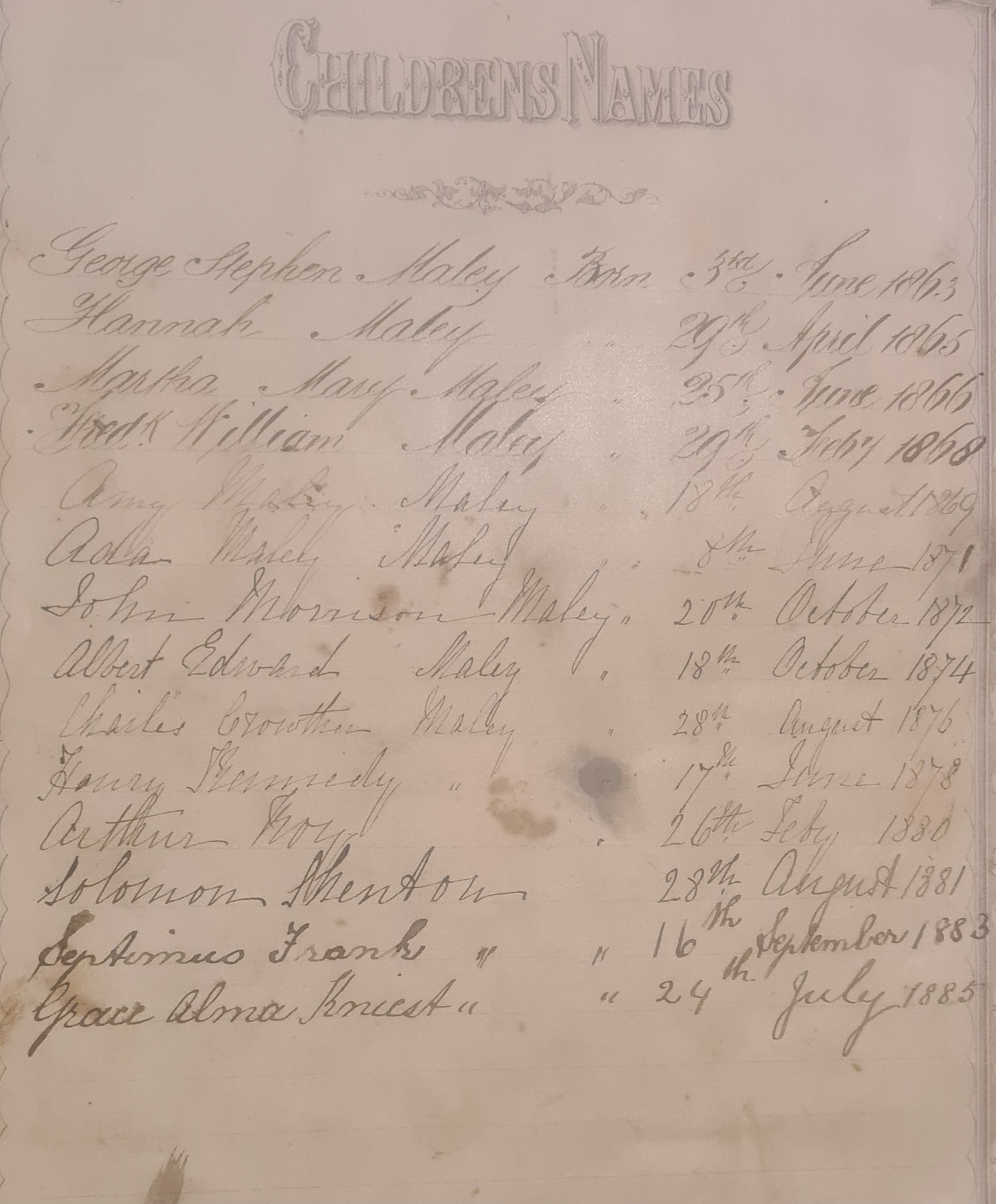
Elizabeth and John Maley were very fortunate in raising their family of 14 without the loss of any of those babies during infancy.
Apart from this page from the Maley family Bible and Solomon Maley’s baptism certificate we do not have anything else in the collection relating to those Maley babies.

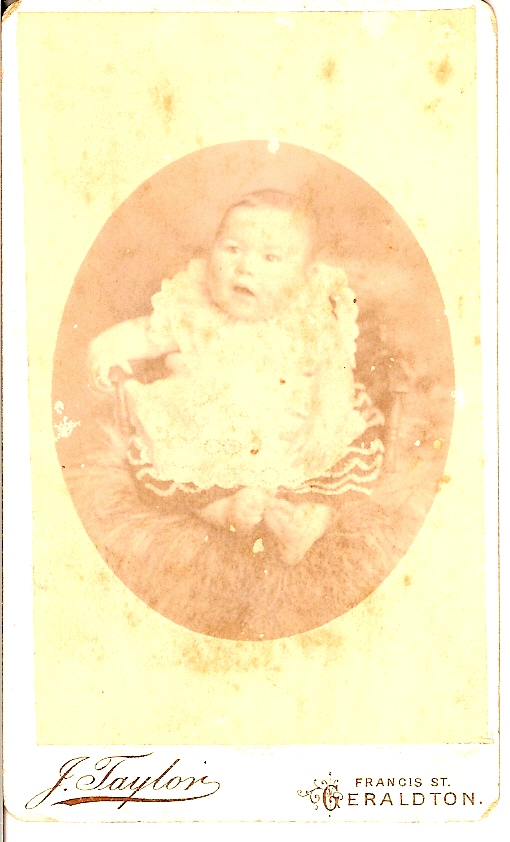
The oldest identifiable photograph we have of a baby in the collection is this Carte de Visite of Frederick Thomas Morrell, taken in 1891.
He was the oldest son of Reuben and Lizzie Morrell, of Ironbarks Farm, North Greenough.
He survived infancy to become a farmer at Greenough.
Below:- Tom Morrell. Handwritten on reverse, “To Lizzie & Reuben wishing them a happy New Year 1895. Little Tom aged 11 months.”
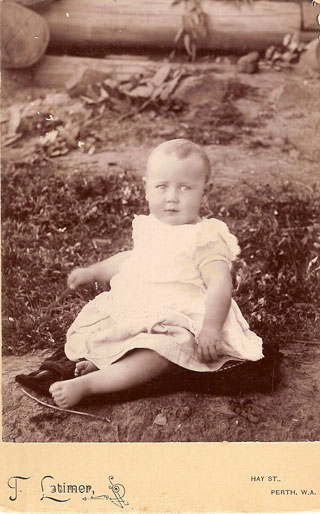


With the introduction of cheap, easily used cameras, the photographing of babies became less formalised.
Left Top:- Fay, John & Gem Maley playing at the Greenough River Mouth in 1934.
Left Bottom:- Gladys Morrell in Geraldton c1945.
Right:- Ruby Stokes (nee Morrell) holding William John Stokes in 1951.


Before the 1950s, most women made clothes for their babies, or were given pre-used clothing from family and friends.
This booklet belonged to Clara Maud Pead who married William John (Peak Hill) Wilson at Greenough on 25/09/1895. The couple lived at “Woodburn,” where they raised a family of five children.
This dress was made in the early 1900s and worn by infants of the Stokes family.


Baby clothes are often lovingly cherished, long after they are no longer used. We now have an extensive collection of babywear dating from the 1910s to the 1990s at this museum.
Left:- Matinee dress c1935.
Right:- Baby bib c1938.


Left:- Baby’s cot blanket, c1951. It has been made from a much larger blanket, with the edging hand crotcheted.
Right:- Basket filled with items for a baby c1967. These baskets were put together by family and friends and given to expectant mothers.
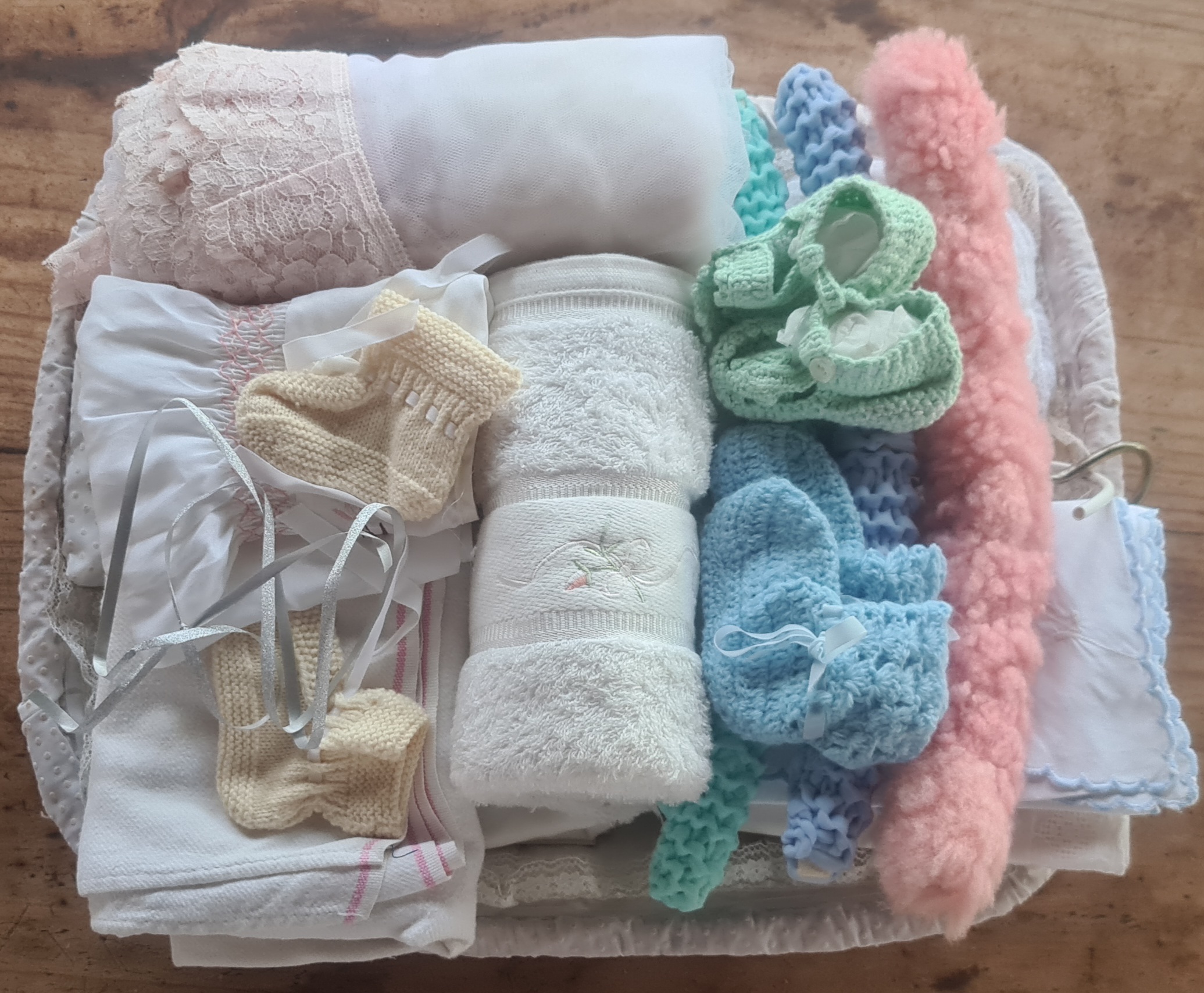

Left:- Toddler’s Outfit c1976 made by Alice Randall for her grandson.
Right:- Hand-knitted toys made c1995 by Alice Randall for her granddaughter and great granddaughter.
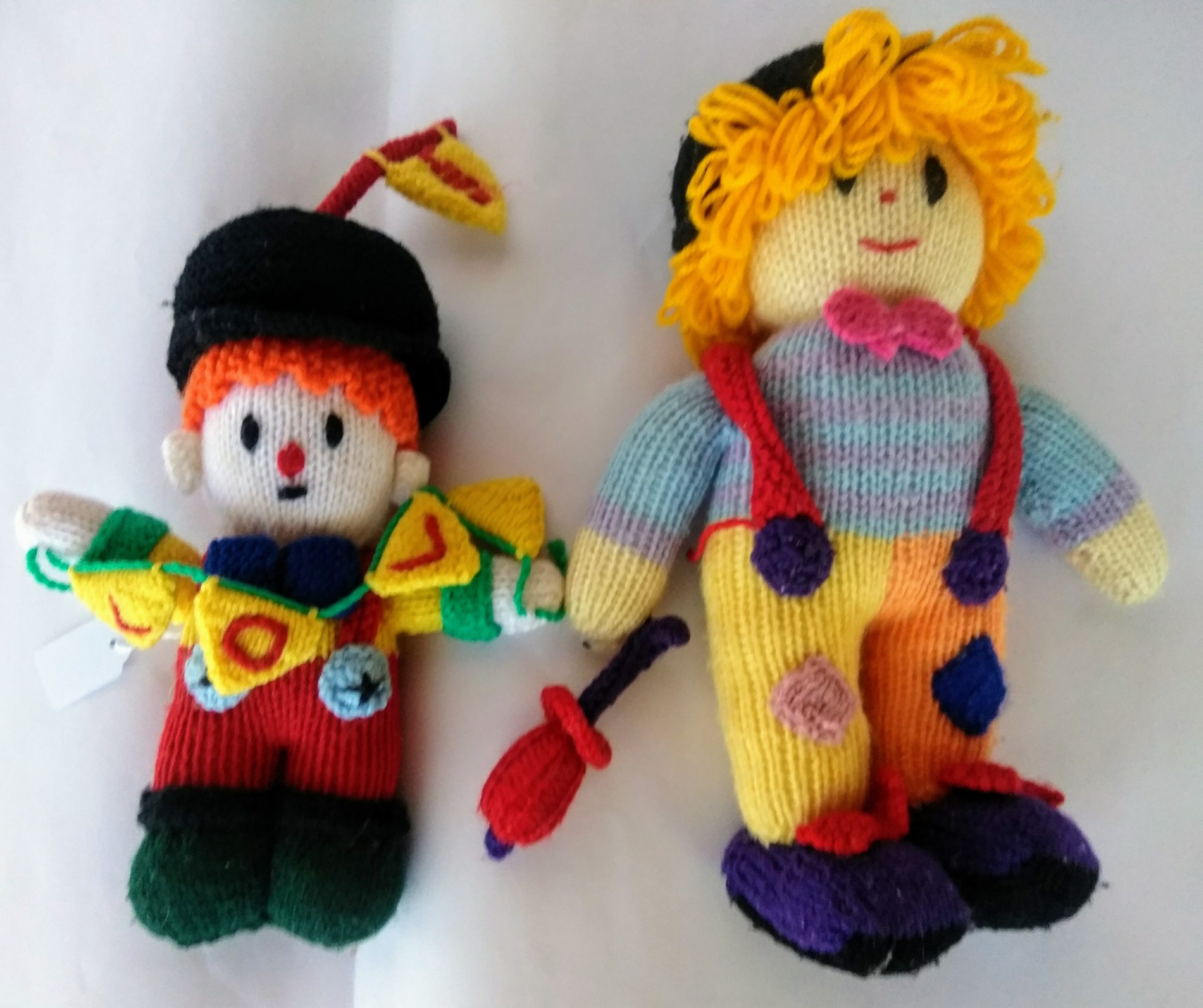

Traditionally babies are baptised between the 8th and 40th day after birth. Often specialised clothing is made for this important event.
Left:- Because Connie Sullivan’s 1966 wedding dress was damaged, she cut it down and made it into a christening dress for her children.
Right:- This gown was worn by the two sons of Amy & Alex McKinnon.
Nicholas was christened at St John’s Church, Rangeway in October 1993 and Marlon at St Francis Xavier Cathedral, Geraldton in 1998.

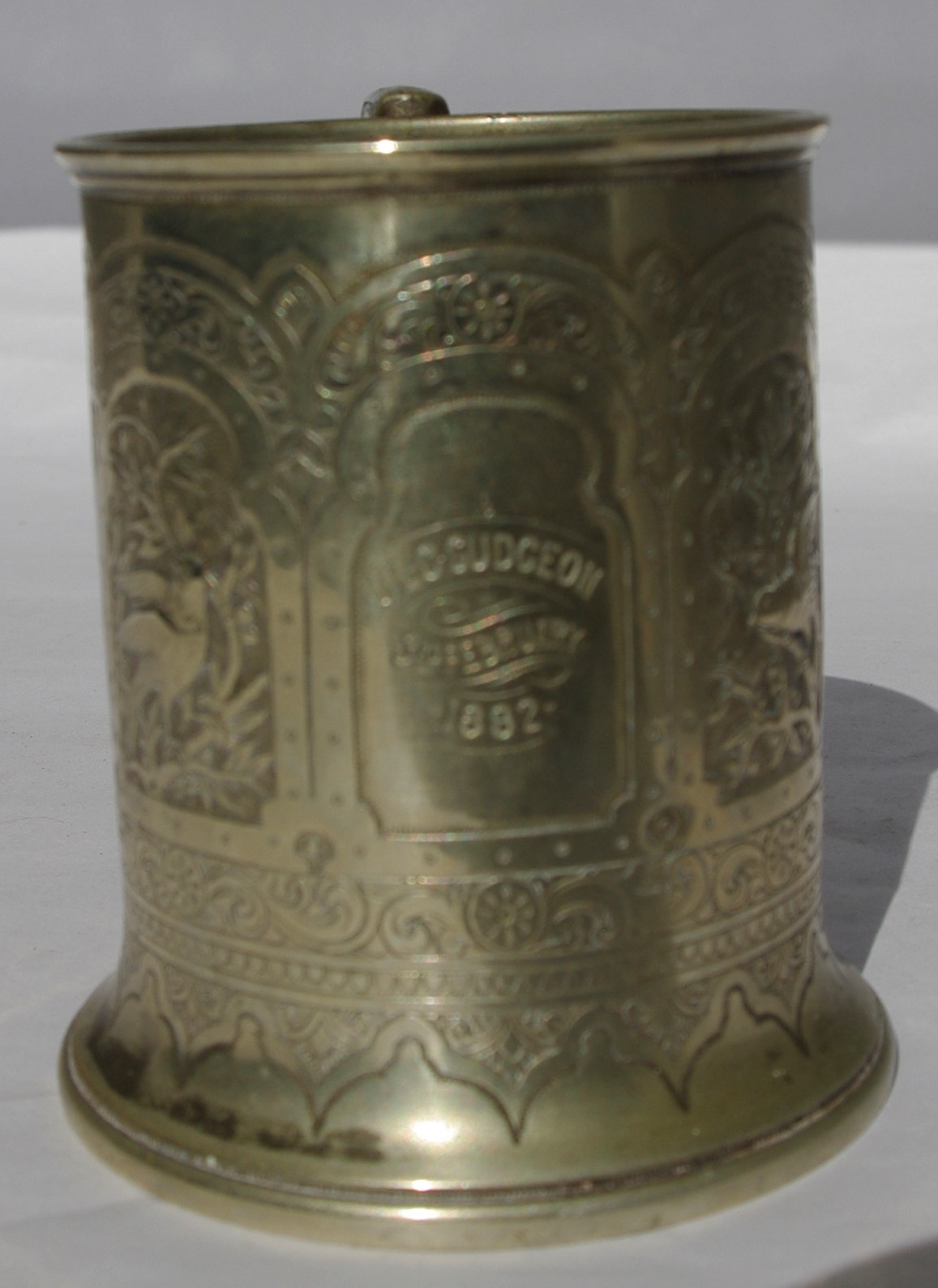
Baptism gifts like these often became family keepsakes with significant symbolic meaning. By the late 18th century, silver had gained value as a currency and was seen as a good investment for the child. A tradition still alive today, mugs and cups gifted on the occasion of a christening symbolise nourishment to help the child grow healthy and strong. Napkin holders, like this one, signify a new place set at the family dinner table.


Not all babies at Greenough survived reaching an age when they could be baptised. Many stillborn babies were buried on private properties, other infants in the public cemeteries. There, in most cases, their temporary memorials have long disappeared.
Left:- more recent memorial to the Pearse children at the Old Walkaway Cemetery.
Right:- Grave of Wendy Beatrice Anderson at the Greenough Pioneer Cemetery.
